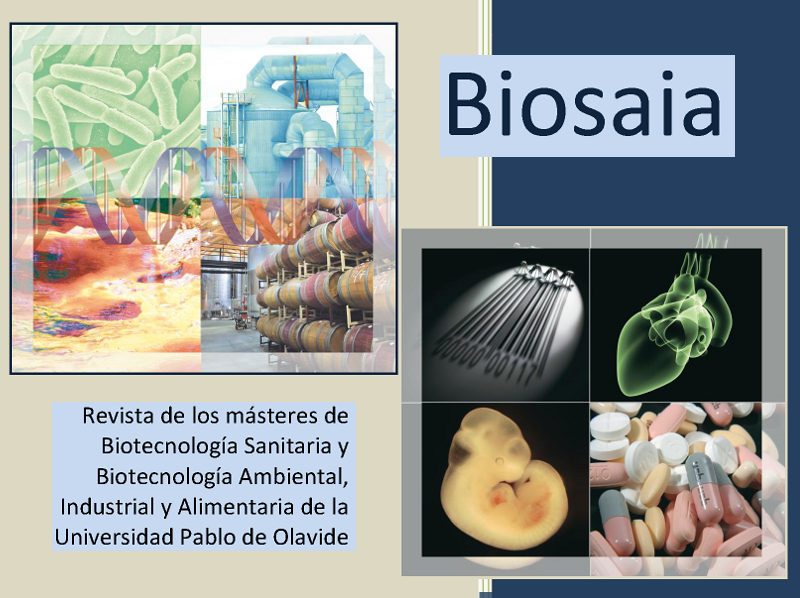Isolation and purification of the siderophore produced by Pseudomonas sp. T17
Palabras clave:
Siderophores; Pseudomonas; HPLCResumen
Motivation:
Iron is an essential micronutrient in the metabolism of most microorganisms with low bioavailability. One of the strategies for its uptake is the synthesis of siderophores, which production is tightly regulated by the concentration of iron in the medium. Siderophores are low molecular weight bidentate ligands with chelating activity and high affinity for the metal; they allow entry into the cell through specific membrane receptors and they are synthesized mostly by NRPS (nonribosomal peptide synthetase) [1]. They have numerous applications, highlighting the "Trojan horse" strategy, of conjugating the siderophore with antibiotics, facilitating their entry into the bacterial cell [2]; treatments against cancer [3] or in bioremediation [4].
Methods:
Pseudomonas sp. T17 was cultured in 6L of iron-low succinate medium, to stimulate siderophore production. The supernant was semi-purified by solid phase chromatography. Subsequently, preparative HPLC was performed on the sample using an aceto-nitrile gradient. Finally, LC-MS and NMR will be carried out on the CAS-positive fractions to obtain the chemical structure of the siderophore.
Results:
In silico analysis carred out previosly using NRPSpredictor2 [5] indicated that part of the detected siderophore is a six-animo acids long peptide. Preparative HPLC resulted in several CAS-positive fractions with different but quite close retention times. This might be explained by the presence of a few active isoforms of the siderophore, which could be separated optimising the HPLC gradient. The focus of the work is now on the optimalisation of the HPLC gradient so that the isoforms can be separated, purified and its structure can be determined.
Conclusions:
Pseudomonas sp. T17 produces a new siderophore. Its structure determination is complicated because of its complex nature. Therefore, its purification methodology needs to be optimised. Based on these results, the eluent gradient in analytical HPLC should be reduced to avoid the appearance of overlap. It is not possible to discard the coexistence of two different siderophores or enantiomers. Subsequently, mass spectrometry should be used to study their structure.
Descargas
Citas
Hider, R. C. & Kong, X. Chemistry and biology of siderophores. Nat. Prod. Rep. 27, 637–657 (2010).
Valderrama Pereira, A. K. Estudio de los sideróforos y de las proteinas receptoras producidas por las bacterias patógenas de peces: Photobacterium damselae subsp. piscicida y Aeromonas salmonicida. Tesis Doctoral. 1–265 (2016).
Saha, P. et al. Enterobactin, an iron chelating bacterial siderophore, arrests cancer cell proliferation. Biochem. Pharmacol. 168, 71–81 (2019).
Ahmed, E. & Holmström, S. J. M. Siderophores in environmental research: Roles and applications. Microb. Biotechnol. 7, 196–208 (2014).
Röttig, M. et al. NRPSpredictor2 - A web server for predicting NRPS adenylation domain specificity. Nucleic Acids Res. 39, 362–367 (2011).
Descargas
Publicado
Cómo citar
Número
Sección
Licencia
Derechos de autor 2022 Biosaia: Revista de los másteres de Biotecnología Sanitaria y Biotecnología Ambiental, Industrial y Alimentaria

Esta obra está bajo una licencia internacional Creative Commons Atribución-NoComercial-CompartirIgual 4.0.





